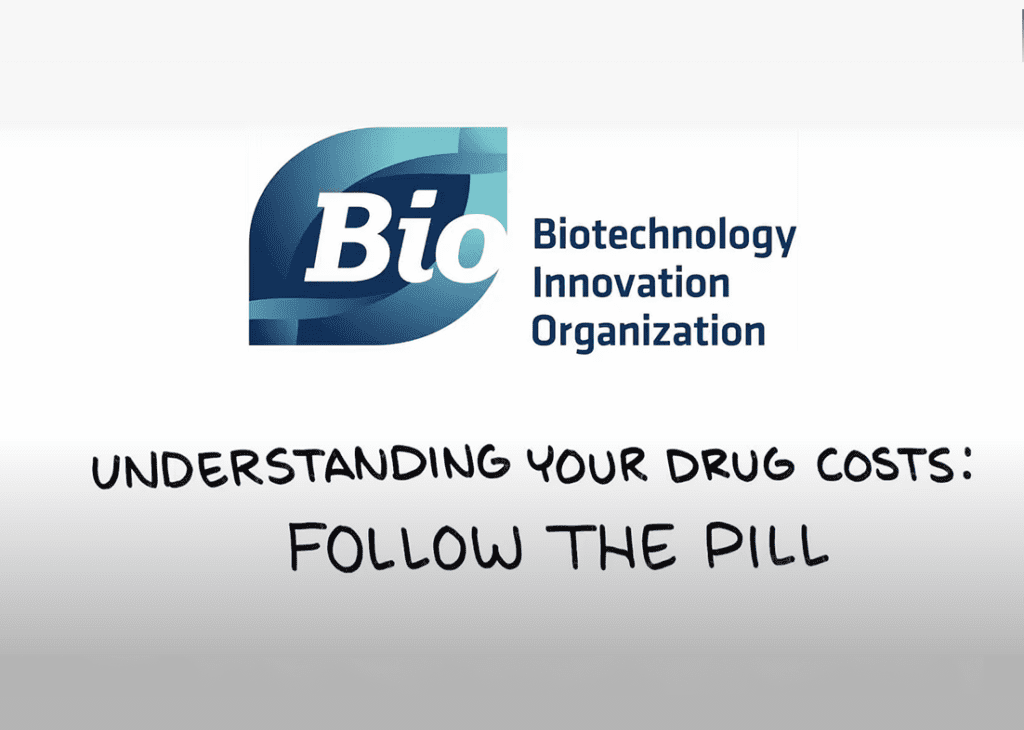Everyone’s talking about pharmacy benefit managers (PBMs)—including the Federal Trade Commission (FTC)—but what exactly are PBMs and why do they matter in the context of drug pricing?
In February, the FTC announced it is soliciting public input on how PBMs are affecting drug affordability and access, with the comment period closing on May 25.
The term “PBM” has flown under the radar until recently–with patients, politicians, and health advocacy groups starting to pay attention. These three little letters have a profound effect on patient costs and speak to an insidious insurance system that targets the sickest Americans, requiring them to pay more for the drugs they need to live and live well, while challenging the very validity of the title “health insurance.”
What are PBMs?
“PBMs are companies that manage prescription drug benefits on behalf of private health insurers, Medicare Part D drug plans, large employers, and other payers,” says the FTC. “The largest PBMs are vertically integrated with health insurance companies and specialty pharmacies, giving them financial incentives to steer patients to use their affiliated services.”
Put very simply, if a drug manufacturer prices a drug at $1000, a PBM often is able to negotiate that price down by 50% in exchange for putting those drugs on their formulary.
However, these savings are not necessarily passed on to patients.
‘Messed up insurance system’
“The messed up insurance system in the US has put many people in what they call a high deductible health plan,” explains Dan Durham, Senior Health Policy Advisor and Executive Vice President for Health Policy at BIO. “Over 50% of the insured have a deductible over $1,500. So, if you haven’t reached your deductible yet, you go to the pharmacy counter. They’re going to charge you $1,000–the full list price for that drug.”
“And after your deductible, then you are on the hook for what insurers call co-insurance, which is either copay on the drug, which is a flat dollar amount, or co-insurance, which is a percentage,” continues Durham. “If you’ve already met your deductible, now you go in to buy that drug that is still listed at $1,000. And it has a 50% coinsurance. Your cost is still based off the list price, not the negotiated price. So. your 50% co-insurance is $500.”
“That’s exactly what the plan paid: $500.”
PBMs have ‘little to no transparency’
“PBMs operate with little to no transparency, making it very difficult if not impossible to understand the flow of money in the prescription drug marketplace and how PBMs determine the prices for prescription drugs,” wrote U.S. Senator Chuck Grassley in a letter to the FTC.
“CVS/Caremark, OptumRx and Express Scripts control roughly 75% of the PBM market and are owned by insurers Aetna, United Healthcare, and Cigna, respectively,” he continued. The system is a veritable oligopoly and patients have been left with the bill.
“I and others call this system reverse insurance,” says Durham. “Either you or your employer pays a large portion of your premium, and the idea is when you get really sick, your health plan covers your costs, right? Well, this is reverse insurance. When it comes to prescription drugs, those that are the sickest and need high-cost specialty medicines are the ones that are paying the most out of pocket.”
The system’s insidiousness is rooted in its inception. As Durham explains, “When the Affordable Care Act passed, insurers could no longer discriminate based on health status. So, what they do now is discriminate through coverage.”
So, what next? Hopefully, the FTC’s Request for Public Comments on PBMs–and what they do with them–is the first step in dismantling a system never intended to help patients get the care they need.
We will be taking a closer look at PBMs over the coming weeks, including what patient advocates and policy specialists are saying about PBMs to the FTC.
More Reading:




